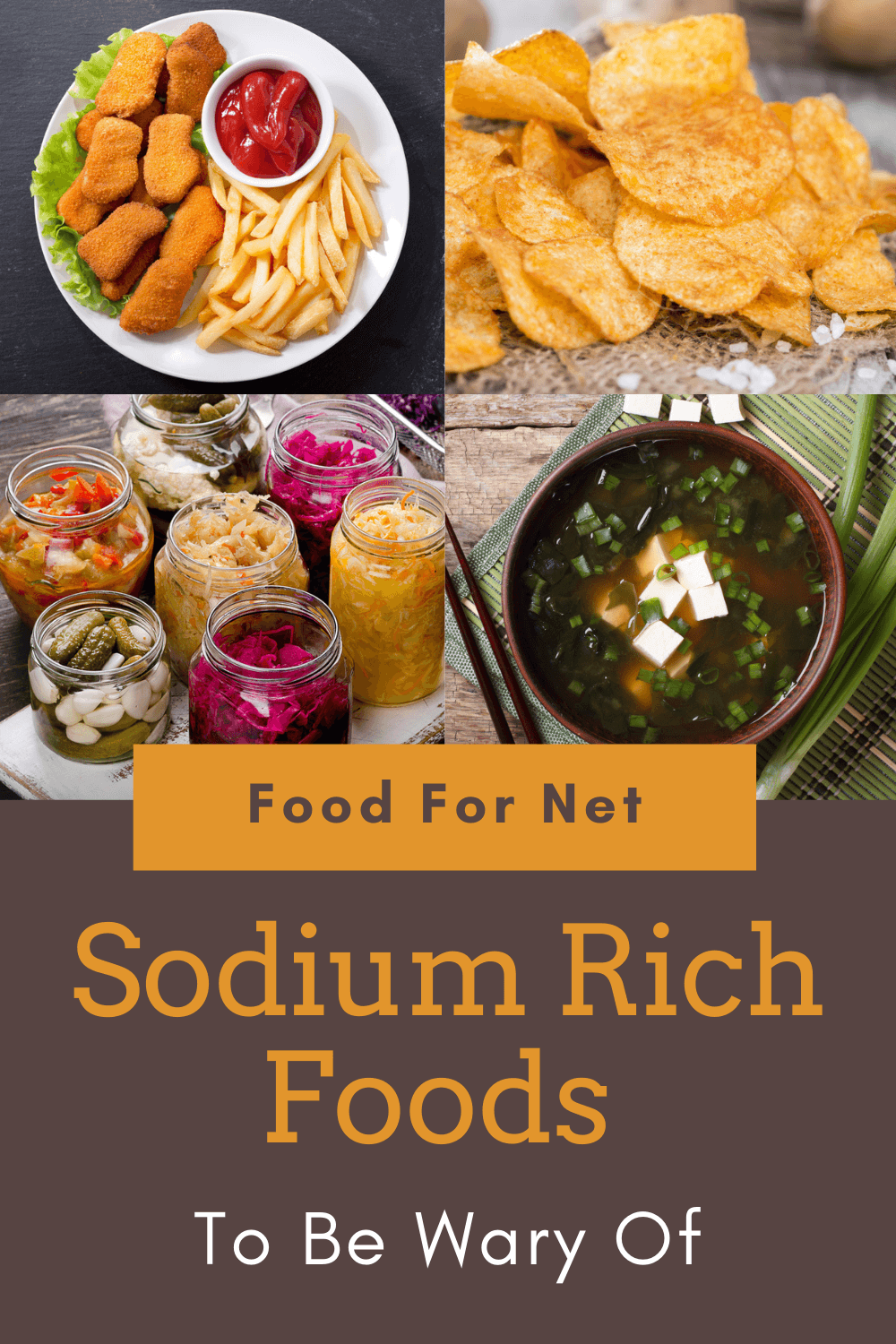
Sodium is an essential mineral, helping to maintain the balance of fluids and electrolytes in our body. It’s also a very common mineral because all living things need sodium to function. Because of this, few people are deficient in sodium and most need to cut down on sodium rich foods instead.
Keeping an eye on sodium intake is critical. Too much sodium can increase blood pressure, which then leads to a higher risk of heart disease and strokes. Because of this, people with high blood pressure often need to dramatically decrease their sodium intake.
Many high sodium foods aren’t that good for you anyway, so you can easily cut them out of your diet. However, as you’ll see in this list, there are some exceptions. If you cut down your sodium intake in other areas, you may still be able to eat many of the healthy foods that are high in sodium.
Sodium Rich Foods
- Salt
- Cured Ham
- Salami
- Deli Meat
- Nuts and Seeds
- Pretzels
- Other Salty Snacks
- Processed Foods
- Fermented Vegetables
- Miso Soup
- Clams
- King Crab
- Canned Beans
- Canned Soup
- Bread
- Cottage Cheese
- Sauces
- Salad Dressings
- Cheese
- Some Fish Products
- Restaurant Foods
Salt
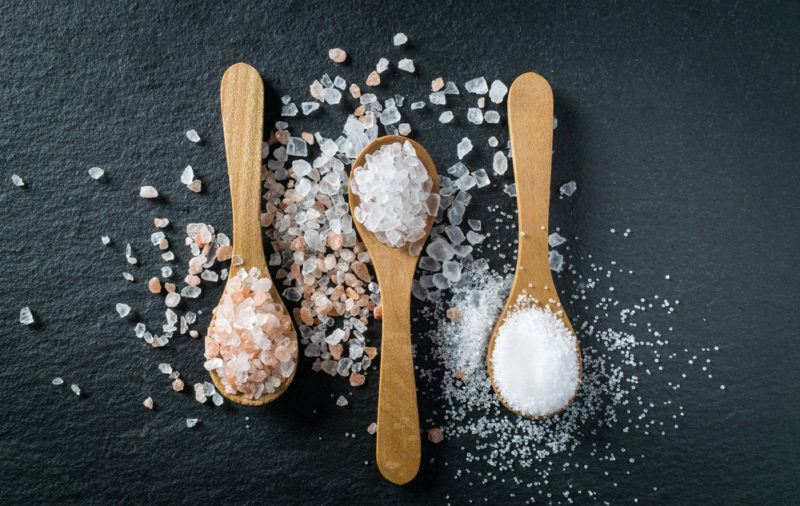
Let’s start with the most obvious example – table salt. While we tend to use table salt as an ingredient or a seasoning rather than a type of food, salt is far too important to leave off this list.
You get close to your daily intake of sodium in a single teaspoon of salt. Many of us use close to that amount as a seasoning in a single day and then get more salt from the other foods that we eat.
Regular table salt isn’t the only culprit here either. More upmarket types of salt, like Himalayan salt, are very high in sodium too. Alternative types of salt like these may contain more trace minerals, which could be relevant for health in some contexts, but for the most part, you’re still just getting salt.
Switching to a non-salt seasoning on the table and when cooking is one of the easiest ways to cut down on your sodium intake. But, this doesn’t mean that your food needs to be bland. You can rely on herbs and spices to make sure that your food is still packed full of flavor.
Cured Ham

Ham is often cured in a salt solution, so it does tend to be high in salt. This also means that any meal that relies on ham as an ingredient will tend to contain a decent amount of sodium too, like a ham and egg breakfast sandwich.
This may be frustrating for people who like ham. After all, ham is an easy choice for lunch meat and can be inexpensive. There are some low salt versions out there, while these may have less salt, many will still be fairly high in sodium.
Salami

Salami tends to contain less sodium than cured ham, but there’s still a decent amount present. The sodium content is one reason that salami is sometimes considered to be unhealthy, along with the amount of processing that the meat goes through.
In fact, meats like salami, ham, and sausages are sometimes considered as unhealthy as cigarettes. That claim is highly debated, so you don’t need to cut salami out of your diet just yet. Still, the controversy is worth considering, especially if you’re worried about your salt intake anyway.
Some companies do focus on making low salt salami. However, salt is a key part of the curing process for salami, so most products will contain some sodium.
Deli Meat

Many types of sliced meat contain extra salt. This includes processed meats like bologna, along with less processed options, like sliced turkey, beef, or chicken. The salt is often used as a preserving agent.
Thankfully, this practice isn’t consistent. Some companies offer ‘no salt added’ or ‘low sodium’ products.
Be sure to check the ingredients label for whatever product you choose, as marketing claims can be misleading. Some products will simply be lower in sodium than products that they are competing against – and will still contain a decent amount of sodium.
Nuts and Seeds
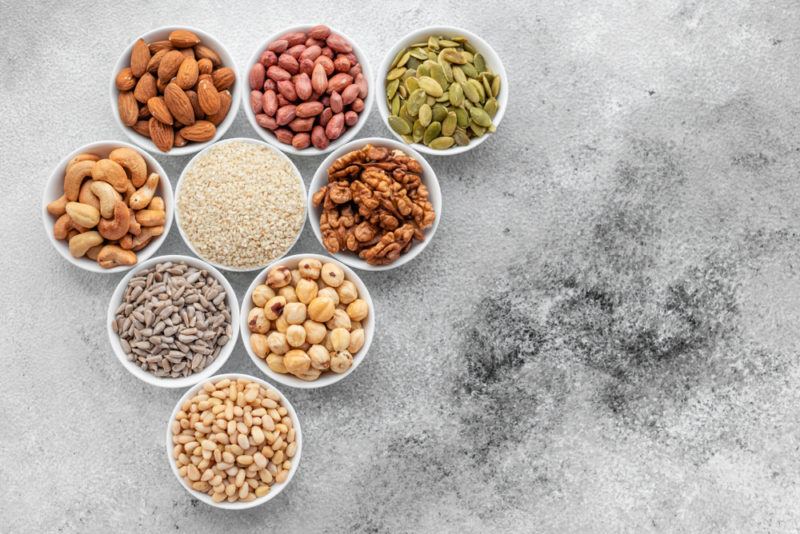
While nuts and seeds aren’t high in sodium on their own, they’re often roasted and salted. Many of the seasoning mixes on nuts and seeds tend to contain a decent amount of salt too.
The salt is one reason that it’s hard to stop snacking on nuts. The salt creates an almost addictive quality and many people end up eating many more nuts than they intended to.
You can get around this problem by buying unsalted nuts and seeds. If you don’t like them plain, you could try roasting and seasoning the nuts yourself. Many seasoning combinations for nuts don’t rely on salt at all.
Pretzels
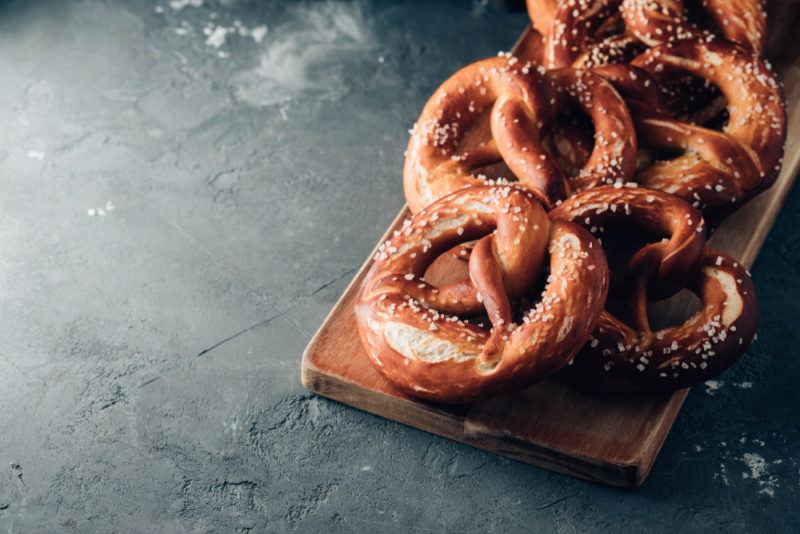
Not surprisingly, pretzels are another high sodium snack. They are covered in salt, after all. You can find pretzels without salt (these sometimes go by the name baldies) or pretzels that have been covered with chocolate instead of salt.
Of course, without the salt, pretzels just aren’t the same. You might find it better to skip the pretzels altogether and find a different snack.
Other Salty Snacks
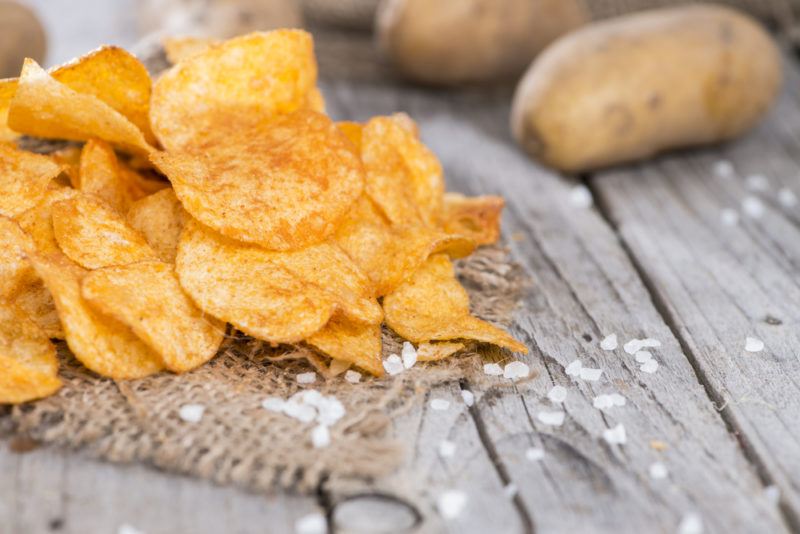
We’re not going to include every salty snack in its section, as there are simply too many of them. Popcorn, potato chips, many types of crackers, corn chips, and rice crackers are all common examples. Jerky, salami sticks, and similar snacks also end up being high in sodium too.
Sodium rich snacks aren’t difficult to spot, as most of them taste salty anyway. The main question is what to do instead. Many of these snacks are popular and it might be hard to cut them out entirely.
If you have the time and patience, then you could try making your own versions, ones that rely on other types of seasonings rather than salt. Or, might still have salty snacks in your diet, but be wary with your portion size.
Processed Foods

This should go without saying, but we’ll mention it anyway. Processed food is often extremely high in sodium. I’ve seen frozen entrees contain much more sodium than you’re meant to consume in a day and the meals themselves weren’t large enough to be anything but a snack.
High sodium foods aren’t always predictable either. Some foods have a lot of added sodium, even though you wouldn’t use salt at all if you were making the same dish yourself. This is partly because salty foods taste good and keep us coming back for more. Manufacturers take advantage of that pattern to make sales.
It’s important to carefully look at the ingredients label for anything that you plan to buy. Think about your portions too. The portions on an ingredients label aren’t always that useful.
You might find that you eat multiple portions in a single serving rather than just one. After all, there are two servings in a packet of two Pop-Tarts. How many people eat just one Pop-Tart and leave it at that?
Fermented Vegetables
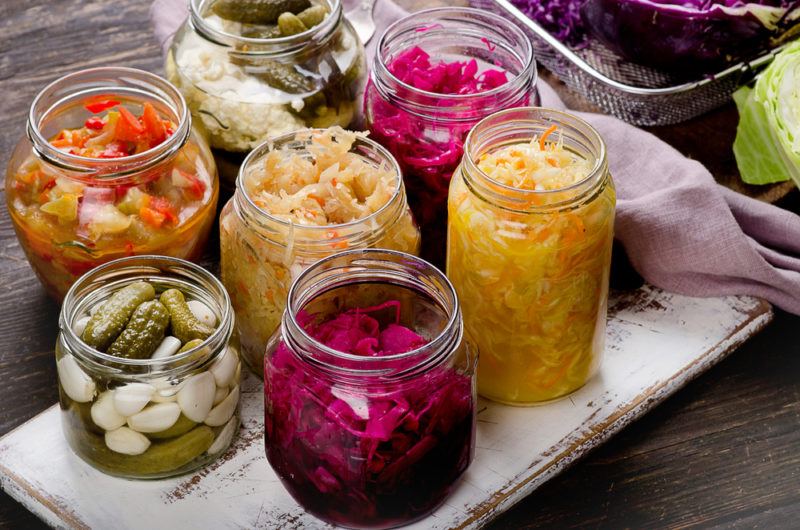
Fermented vegetables are a powerful source of probiotics, so they can help to balance the bacteria in your gut. This is also an appealing probiotic choice, as you can make fermented vegetables at home. You don’t even need a starter culture of bacteria.
The problem is that the fermentation relies on salt. The salt promotes the growth of beneficial bacteria while limiting the growth of other organisms, so you can’t just cut down on the amount of salt.
Thankfully, some other probiotic sources aren’t high in salt. Kefir, yogurt, buttermilk, and kombucha are all options that remain relatively low in salt.
Most people would benefit from taking a balanced approach, where you still consume fermented vegetables some of the time, while also relying on other types of probiotic food. This will give you a good balance of probiotics, without too much salt.
Miso Soup
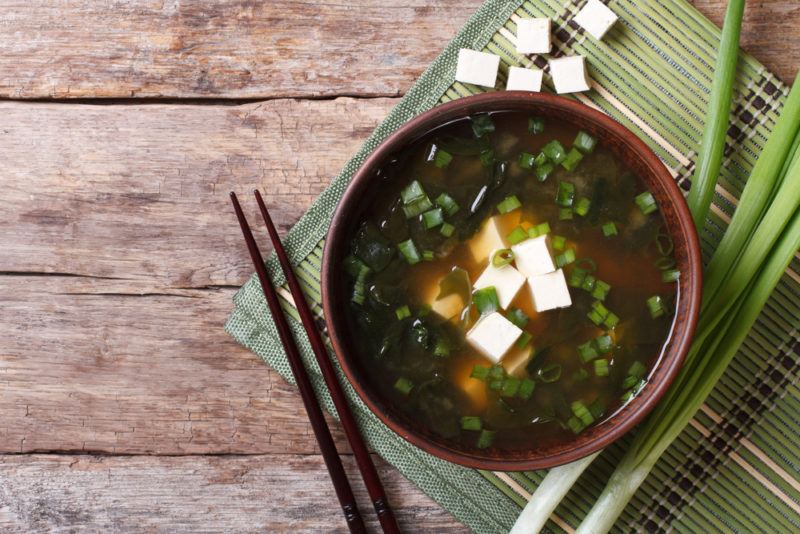
Miso soup is another type of high sodium probiotic. It’s an interesting addition to this list because miso is normally considered to be very healthy.
Indeed, many people eat miso soup regularly and this practice doesn’t appear to increase heart disease risk. It’s not entirely clear why miso soup fails to have the same impact. Perhaps there’s something special about miso soup or perhaps the foods often eaten at the same time help to mitigate the effects of the sodium.
Regardless, miso soup is clearly one of the healthiest high sodium foods that you can include in your diet.
Clams
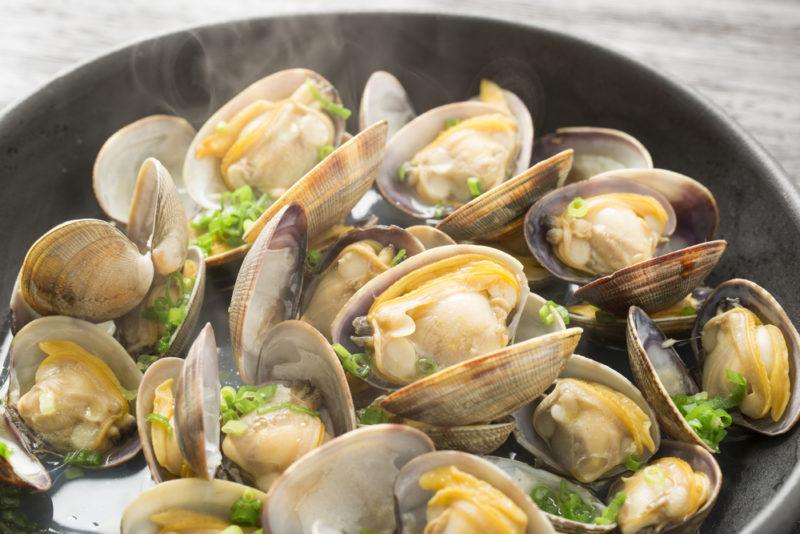
High sodium foods aren’t always highly processed. Clams, for example, provide a little over 40% of your daily sodium intake in a 3-ounce serving. This isn’t as much sodium as some of the other entries on the list but is high enough to be significant.
King Crab
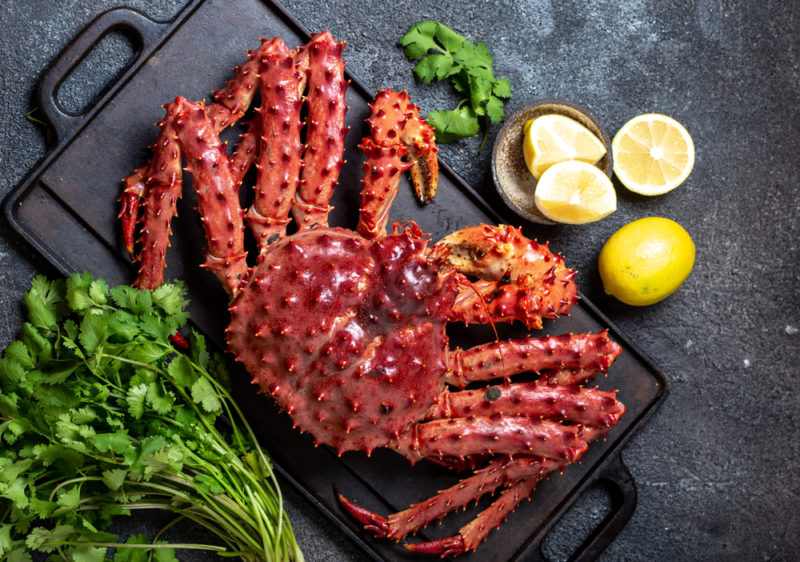
King crab is another type of seafood to be wary of. Eating one leg will give you around 60% of your daily intake. There’s a decent amount of meat on a king crab leg, but even so, this is a notable amount of sodium.
Of course, the sodium content isn’t enough of a reason to cut king crab out of your diet entirely. This shellfish is rich in many important nutrients, including lysine, vitamin B12, and tryptophan.
Canned Beans
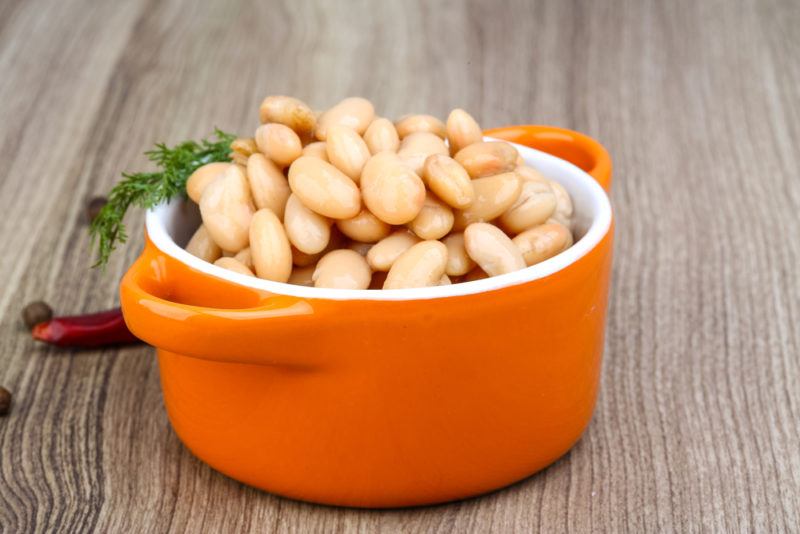
Canned beans and related products are often a source of sodium, largely because salt is used as a preservative. In some cases, you’re getting upwards of 1,000 mg of sodium in a cup.
You can decrease this somewhat by soaking and rinsing canned beans. But, you only decrease the sodium content by around 30%.
Some products contain less salt, so these should be the ones that you focus on. Products labeled with ‘no added salt’ are your best option, as these will contain less sodium than any other type.
Thankfully, this type of product has become increasingly common, so you can now find no added salt beans of many different types. You don’t need to bother with soaking or rinsing these beans either, which makes them much easier to use.
Canned Soup
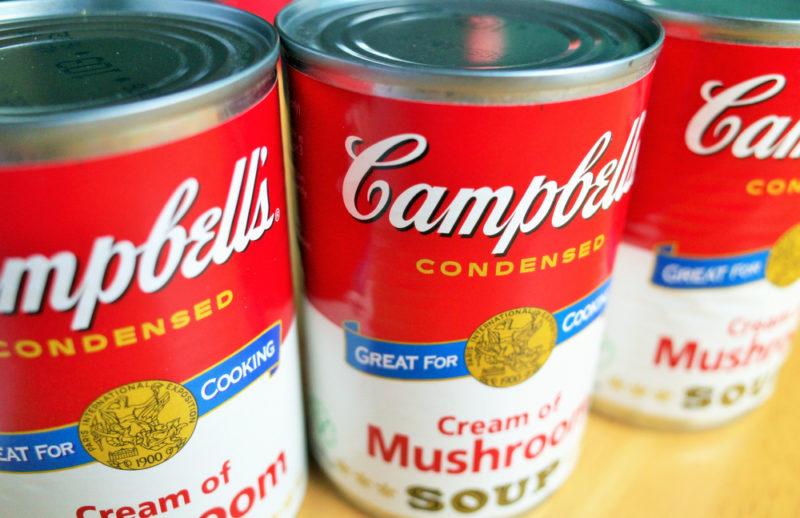
Speaking of canned products, soup is another one to pay close attention to. Canned soup is often shockingly high in sodium.
There are reduced sodium versions available, although there tends to be fewer types of reduced sodium soup to choose from compared to regular soup. Then there’s the flavoring. Low sodium canned soup often tastes unappealing, as without the salt you taste the rest of the soup more and the soup often wasn’t all that good to begin with.
Canned soup is almost always inferior to anything that you can make at home. It’s often better to find a good recipe and make your own soup. If you make a large batch and freeze some of it, then you get most of the same benefits as canned soup anyway – with much less sodium.
Bread
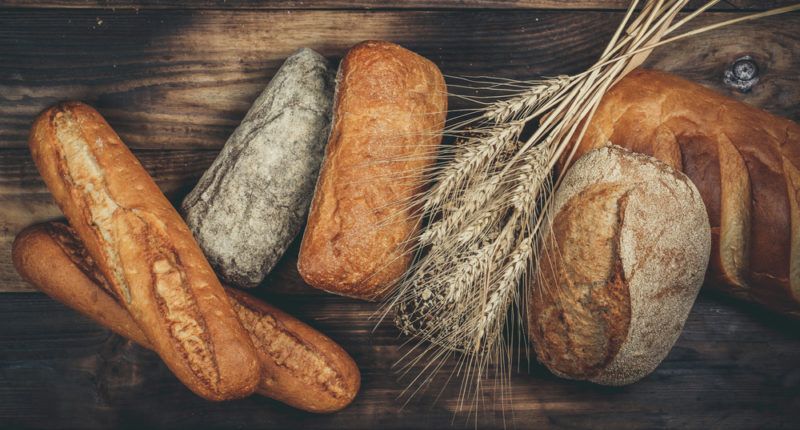
Bread isn’t necessarily high in sodium, but it can be. This is another case where it’s important to check the product label, as the amount of sodium will vary dramatically depending on the type of bread.
French bread and bagels are particularly high in sodium. In some cases, you’ll even get more than 800 mg of sodium in a single slice of French bread, which is concerning when you consider how small French bread slices can be.
Whole wheat bread also tends to be high in sodium. This can catch people out, as whole wheat bread is often preferred over white bread for health.
Cereal

Some cereal brands are making efforts to keep their sodium content as low as possible. Others, unfortunately, aren’t. This is a shame, as cereal can contain a surprising amount of sodium.
The amount of sodium can be quite different from one brand to the next, so checking the ingredient labels really is crucial. This way you know exactly what to expect.
Cottage Cheese

Cottage cheese is a popular choice for weight loss, as it is high in protein and is relatively low in calories. It’s a good source of calcium too, along with other nutrients from milk. However, cottage cheese often ends up being high in sodium too. Some versions have 900 mg or so of sodium in a single cup. That’s incredibly high.
There are low sodium versions too. These dramatically cut down the sodium content.
You might need to move away from cottage cheese entirely, as even the low sodium versions contain more sodium than many of us would like. Try ricotta cheese or Greek yogurt as an alternative. Both of these products tend to contain less sodium.
Sauces
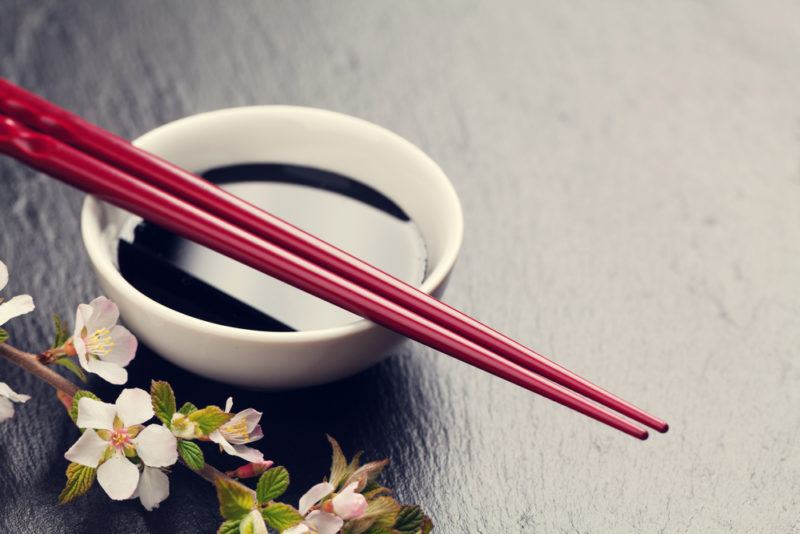
Many sauces get a decent amount of their flavoring from salt and the salt also helps to keep them salt stable. This means that sauces are often sodium rich, especially if you’re buying them unchilled from a grocery store.
Soy sauce and fish sauce are some of the worst choices, which probably isn’t surprising when you think about their flavor profile. Sauces like ketchup, barbecue sauce, and steak sauce aren’t nearly as bad, but their sodium content adds up quickly. After all, you’ll often use a decent amount of sauce with a meal.
Salad Dressings

Salad dressings follow a similar pattern to sauces, so they contain a decent amount of salt too. Oddly enough, many use sugar or high fructose corn syrup as an ingredient as well.
You can find healthy salad dressings with a little shopping around. Look for smaller companies, especially those who have a natural or an organic focus. You may need to look in specialty stores too, rather than just relying on supermarkets.
Thankfully, once you find products that you like, it’s easy to go back for more. Ordering online is an option at an increasing number of places these days, so you might be able to get your favorite products sent straight to you.
The alternative is to make your own salad dressings. There are many amazing recipes to choose from online and in recipe books. Some of them will be high in sodium, but many others won’t be at all.
Cheese
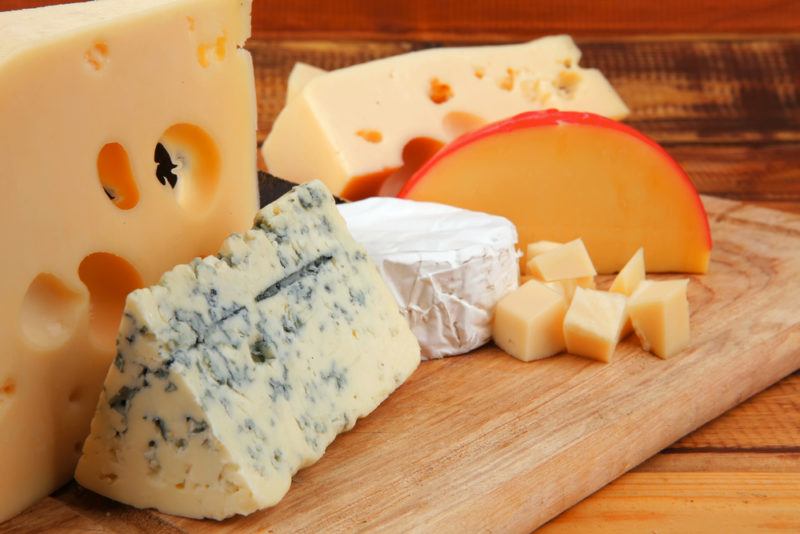
If you’re not lactose intolerant, then cheese is a good source of nutrients from dairy. Many types are fine on a low sodium diet, but you’ll need to choose carefully, as cheese can be sodium rich too.
First of all, steer clear of anything that is heavily processed. This includes American cheese, cheese spread, and cheese in a can. Such products aren’t really cheese at all. They’re heavily processed garbage that doesn’t provide you with any benefits at all.
Some conventional types of cheese end up being high in sodium too.
Parmesan is one of the leading types here, which shouldn’t be too surprising. Mozzarella cheese is often sodium rich too, as is Roquefort, and some types of Swiss cheese.
Some Fish Products

Fish itself isn’t high in sodium, so you’ll be fine if you rely on fresh fish that you cook yourself. Fish-based products, on the other hand, often end up being sodium rich. This makes sense, as salt complements the flavor of fish anyway and salt is a preserving agent.
Many types of dried fish, for example, are salted. Canned fish can be similarly high in sodium – if the fish is canned in brine. Thankfully, some products use water or olive oil instead. These tend to contain less sodium and can be a healthier choice all around.
Restaurant Foods
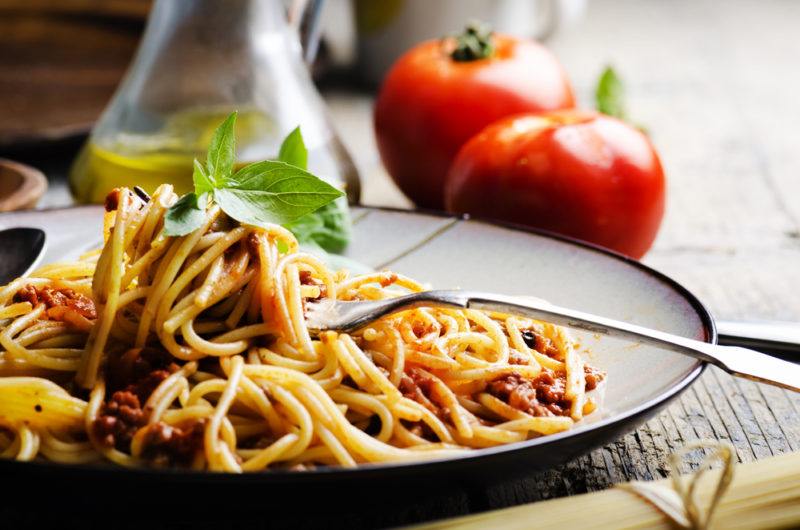
To round this list off, let’s talk briefly about restaurant foods. It’s easy to think that restaurant food is healthy, as it is prepared from whole ingredients by an expert chef. While that much is true, you often end up with a meal that is high in fat, calories, and salt. After all, people go to restaurants as a treat and unhealthy food does tend to be the most appealing.
One way around this is to choose your food carefully. Look for meals that tend to be low in sodium, including ones that are likely to rely on other types of seasoning.
You can also talk to your server about low sodium options. Low sodium diets are often important for health, so the request isn’t an uncommon one.
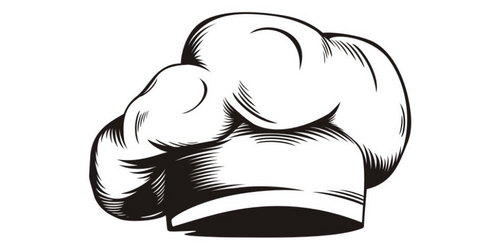
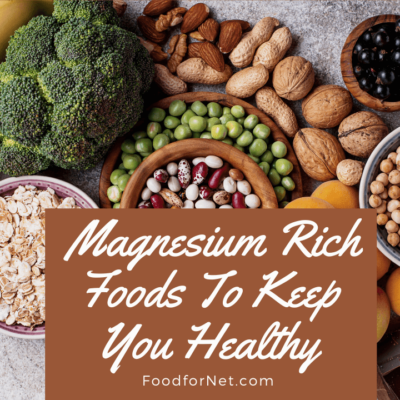
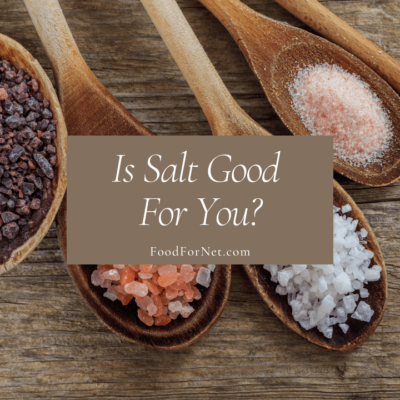

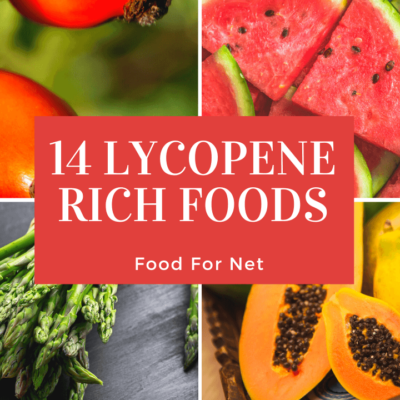

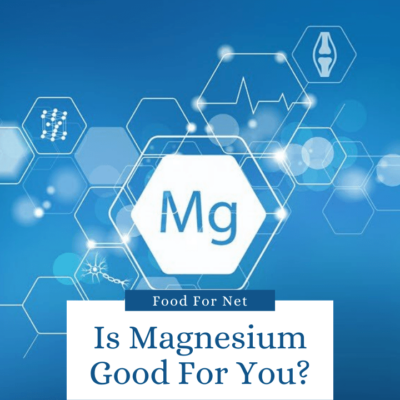

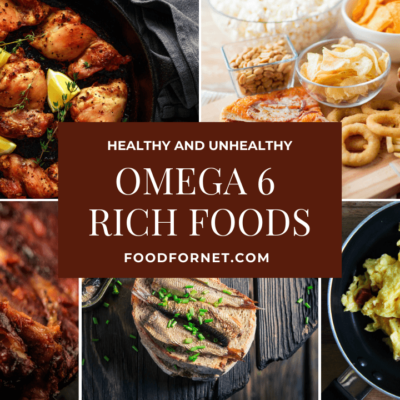

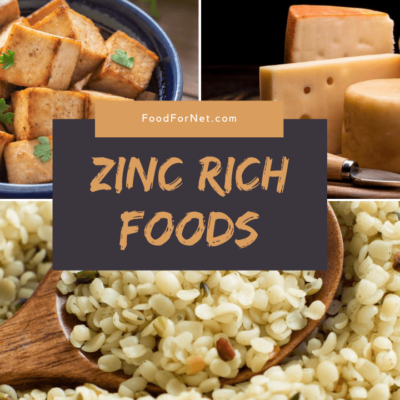

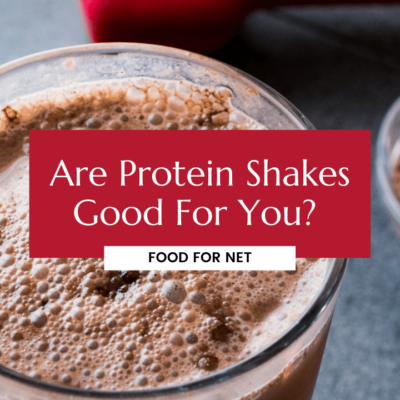
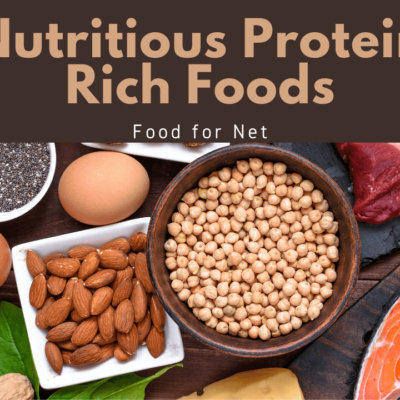
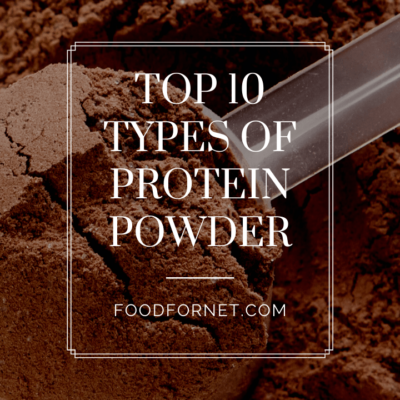
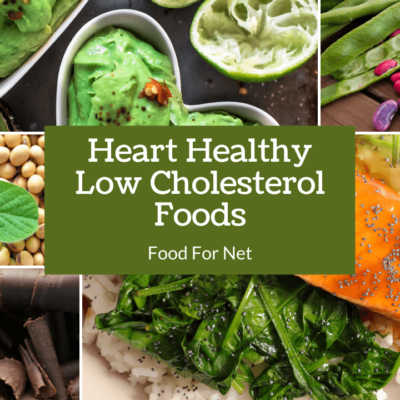

 22 Melatonin Rich Foods That Can Help You To Nod Off
22 Melatonin Rich Foods That Can Help You To Nod Off
Leave a Reply